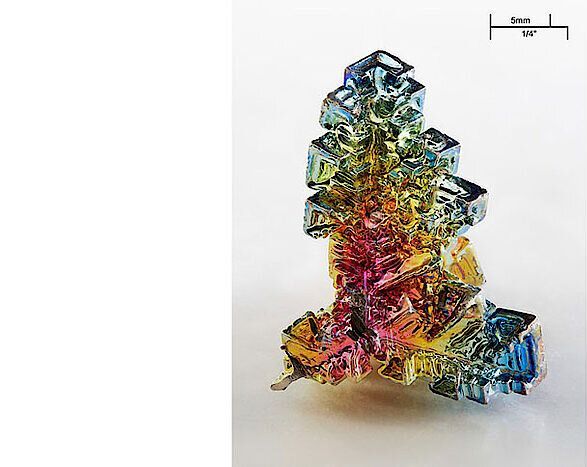The quantum properties underlying crystal formation can be replicated and investigated with the help of ultracold atoms. A team led by Dr. Axel U. J. Lode from the University of Freiburg’s Institute of Physics has now described in the journal Physical Review Letters how the use of dipolar atoms enables even the realization and precise measurement of structures that have not yet been observed in any material. The theoretical study was a collaboration involving scientists from the University of Freiburg, the University of Vienna and the Technical University of Vienna in Austria, and the Indian Institute of Technology in Kanpur, India.
Crystals are ubiquitous in nature. They are formed by many different materials—from mineral salts to heavy metals like bismuth. Their structures emerge because a particular regular ordering of atoms or molecules is favorable, because it requires the smallest amount of energy. A cube with one constituent on each of its eight corners, for instance, is a crystal structure that is very common in nature. A crystal’s structure determines many of its physical properties, such as how well it conducts a current or heat or how it cracks and behaves when it is illuminated by light. But what determines these crystal structures? They emerge as a consequence of the quantum properties of and the interactions between their constituents, which, however, are often scientifically hard to understand and also hard measure.
To nevertheless get to the bottom of the quantum properties of the formation of crystal structures, scientists can simulate the process using Bose-Einstein condensates—trapped ultracold atoms cooled down to temperatures close to absolute zero or minus 273.15 degrees Celsius. The atoms in these highly artificial and highly fragile systems are extremely well under control.
